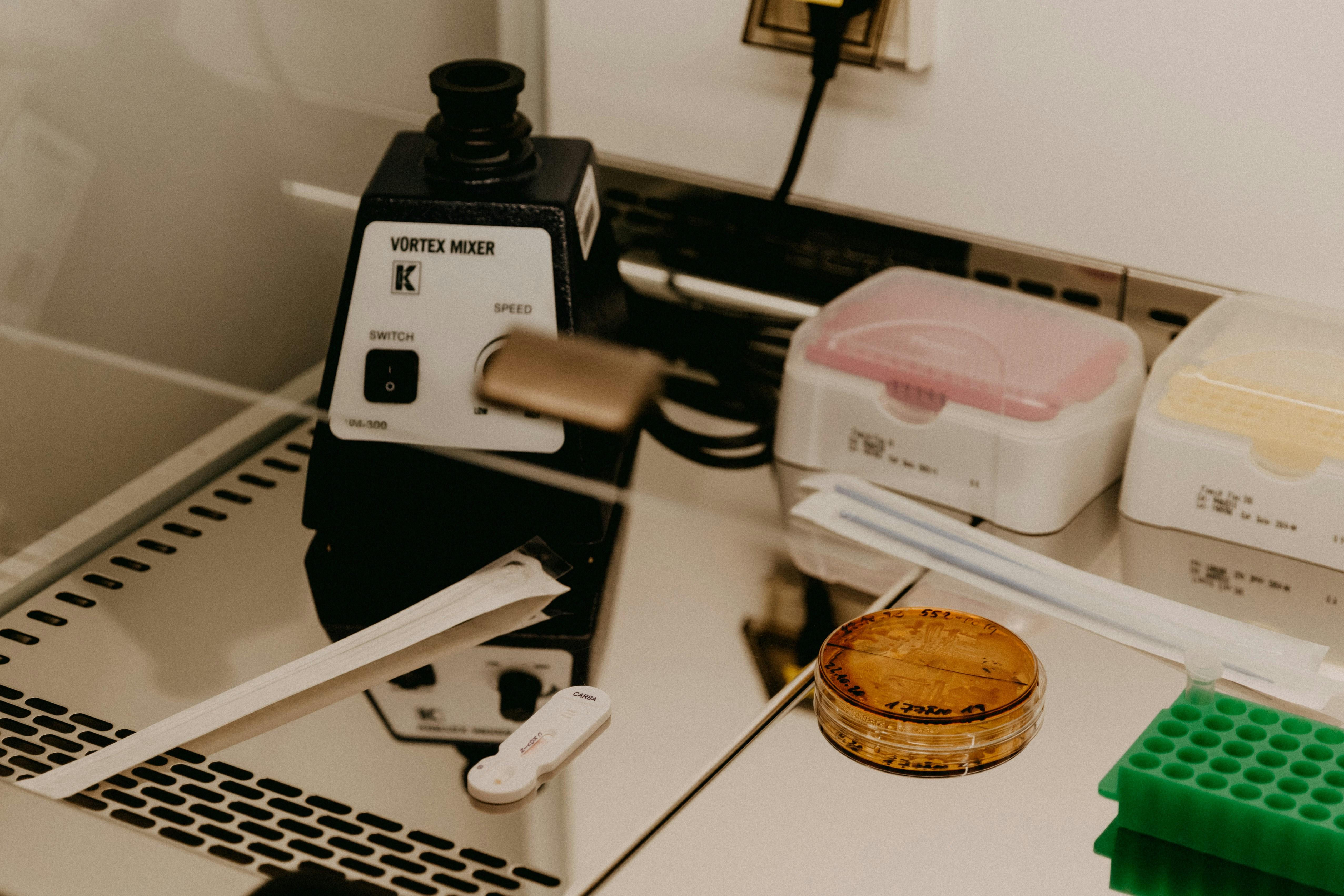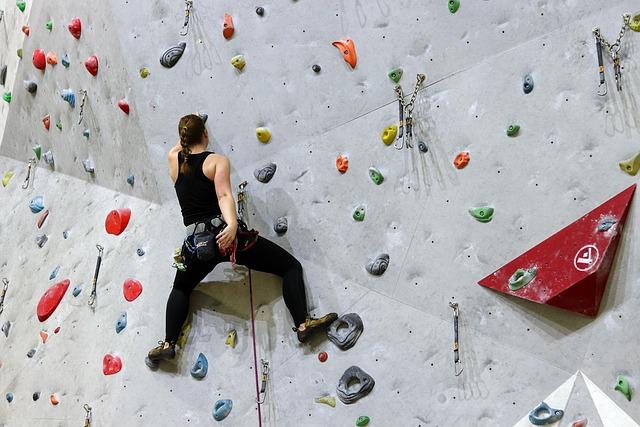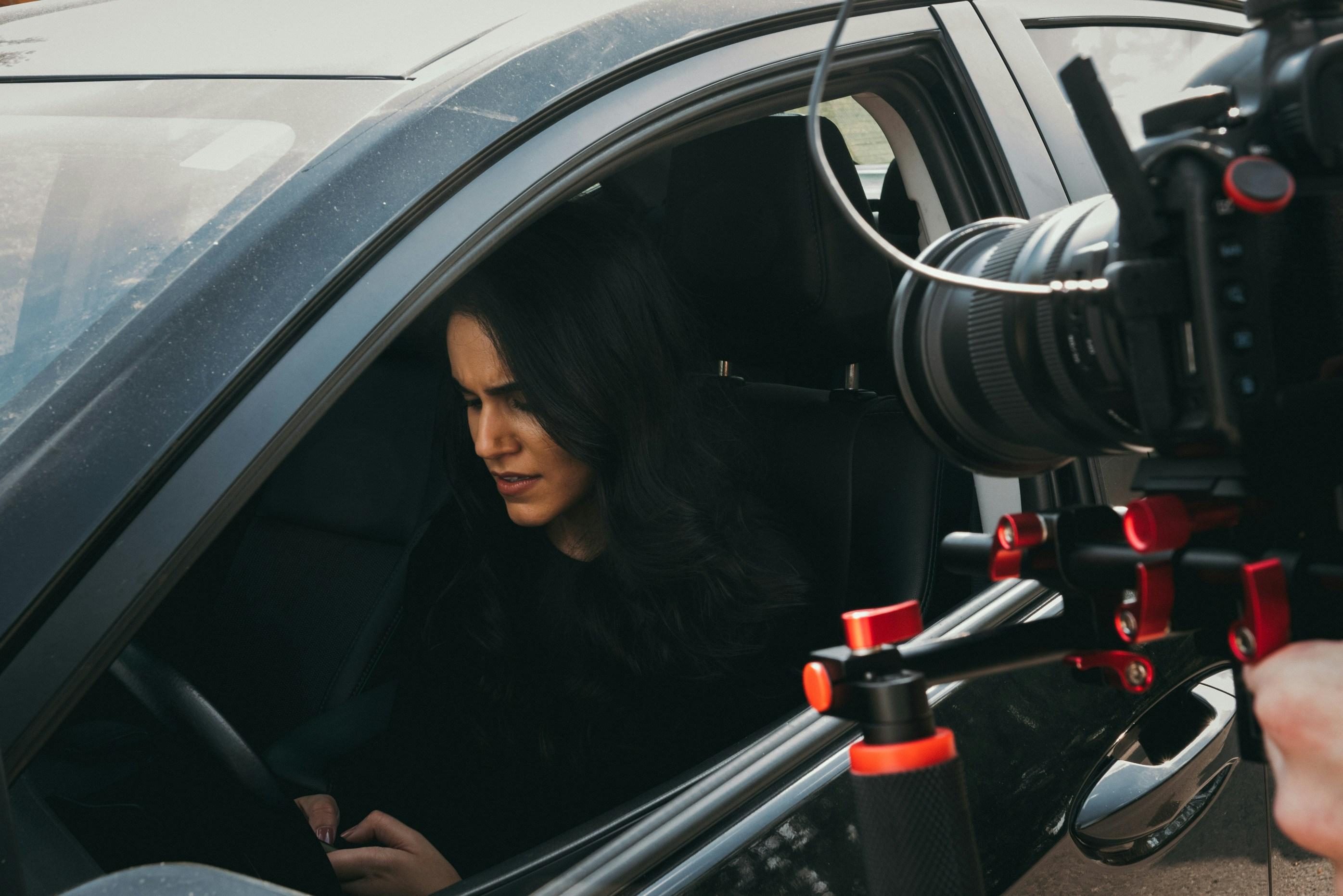In the world of cinema and theater, where storytelling reigns supreme, the alchemy between actors can transform a mere script into an unforgettable experience. The chemistry between performers is a nuanced and often intangible element that breathes life into characters, elevating narratives and captivating audiences. This article delves into the critical role that interpersonal dynamics play in crafting memorable performances, exploring how the subtle interplay of emotions, timing, and mutual responsiveness can enhance or undermine a production. Through an analytical lens, we will examine notable examples from both stage and screen, uncovering the underlying mechanisms that contribute to a seamless and compelling on-screen connection. As we navigate this intricate dance of human interaction, we aim to illuminate the profound impact that actor chemistry has on the art of performance, revealing its potential to resonate deeply within the hearts and minds of viewers.
Understanding Chemistry: The Core of Authentic Interaction
In the realm of acting, chemistry serves as the invisible thread weaving together the tapestry of unforgettable performances. It’s more than just a connection between actors; it’s an intricate dance of emotions, timing, and mutual understanding. This dynamic interaction elevates a scene, transforming scripted lines into a vivid, authentic experience. When actors share a genuine chemistry, they are able to react intuitively to each other’s cues, creating moments that resonate deeply with audiences.
- Spontaneity: Genuine chemistry allows for organic reactions, making performances feel alive and unpredictable.
- Trust: A strong bond fosters a safe space for actors to explore complex emotions and vulnerabilities.
- Intuition: Actors with chemistry can anticipate each other’s moves, leading to seamless interactions.
Ultimately, the magic of chemistry lies in its ability to dissolve the boundaries between fiction and reality, allowing viewers to fully immerse themselves in the narrative. It’s this core element that transforms a good performance into a truly memorable one.
Exploring Techniques to Cultivate On-Screen Rapport
Building a believable connection on screen requires more than just skilled acting; it demands an intricate dance of emotional exchange and mutual understanding. Actors must employ various techniques to foster this elusive chemistry, ensuring that their interactions resonate with authenticity. Improvisation is one such technique, allowing actors to step outside scripted lines and explore organic responses. This method encourages spontaneity, often revealing unexpected dynamics that can enhance the narrative.
Another essential technique is the shared character backstory. By collaboratively developing detailed histories for their characters, actors can create a deeper, more genuine connection. This practice helps them understand motivations and emotional triggers, translating into a more cohesive and engaging performance. Additionally, actors often engage in trust-building exercises, such as mirroring activities or trust falls, which are designed to foster vulnerability and openness. These exercises are not just about physical trust but emotional as well, creating a safe space for actors to explore complex emotions together.
- Improvisation – Encourages spontaneous and authentic interactions.
- Shared Character Backstory – Builds deeper connections through collaborative storytelling.
- Trust-Building Exercises – Enhances emotional and physical trust between actors.

Analyzing Case Studies: Iconic Performances and Their Dynamics
In the realm of cinema and theater, the interplay between actors can be the catalyst that transforms a good performance into an iconic one. The chemistry between performers is often an elusive yet crucial element, enabling them to breathe life into their characters and create a palpable connection that resonates with audiences. Consider the legendary pairing of Humphrey Bogart and Lauren Bacall in classic films like To Have and Have Not. Their on-screen rapport was more than just dialogue; it was a dynamic dance of timing, tension, and subtlety that left an indelible mark on viewers.
Key factors contributing to this phenomenon include:
- Intuitive Understanding: Actors who share a deep, instinctive grasp of each other’s rhythms and nuances can create a seamless flow in their interactions.
- Mutual Trust: A foundation of trust allows performers to take risks and explore their roles more deeply, often leading to more authentic and compelling portrayals.
- Shared Vision: When actors align with a unified vision for their characters and the story, it enhances coherence and depth in their performances.
Ultimately, the synergy between actors is an art form in itself, shaping narratives in ways that script and direction alone cannot achieve.

Recommendations for Directors: Fostering Actor Synergy
To cultivate a thriving environment for actor synergy, directors should prioritize the development of a collaborative and open atmosphere on set. Encouraging actors to explore their characters’ relationships through improvisation can lead to more authentic connections. Regular workshops and rehearsal sessions are invaluable, allowing actors to experiment and understand each other’s rhythms and nuances.
- Facilitate Open Communication: Create spaces where actors feel comfortable sharing insights and feedback.
- Encourage Backstory Development: Guide actors to build detailed histories for their characters that intertwine with others.
- Promote Trust-Building Exercises: Organize activities that help actors build trust, fostering a sense of ensemble.
Directors should also be keen observers, adapting their approach to suit the unique dynamics of each cast. By fostering a sense of unity and shared vision, directors can unlock the full potential of actor chemistry, resulting in unforgettable performances that resonate with audiences.

